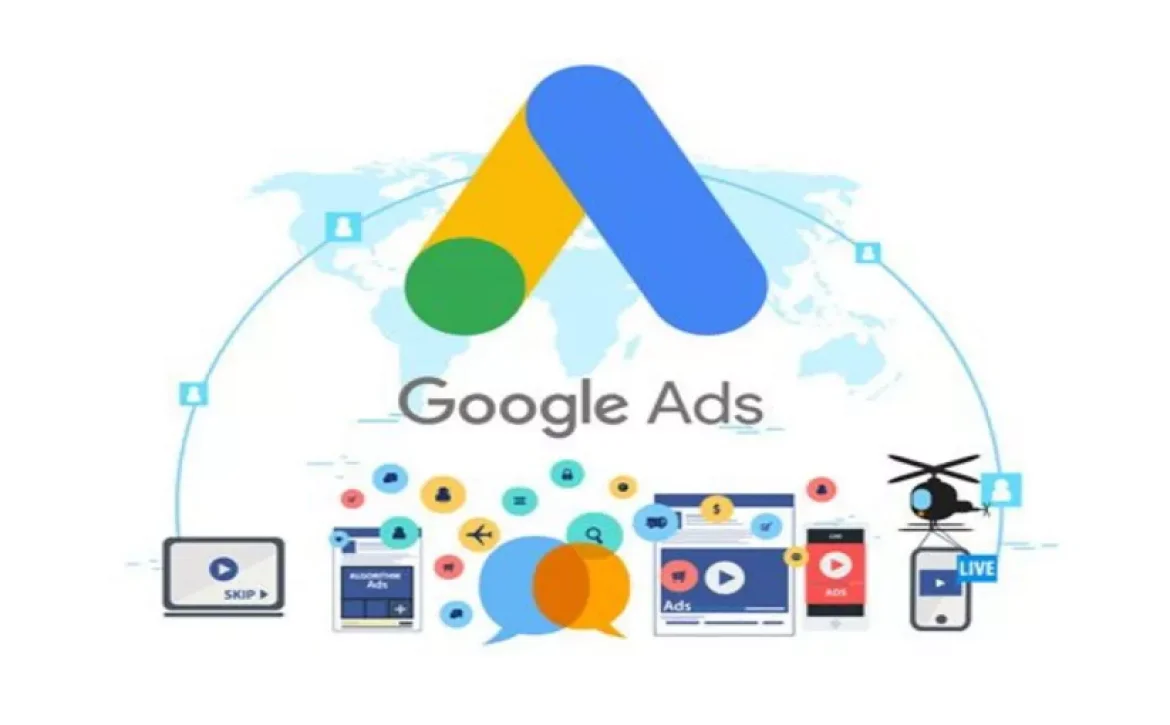How to Create the High-Converting Banners Google Ads
In today’s competitive digital landscape, businesses must use every tool available to attract and engage potential customers. One of the most effective methods is leveraging banners in Google Ads, which serve as visual advertisements displayed across websites, apps, and YouTube through the Google Display Network (GDN). These ads help brands increase awareness, drive traffic, and boost conversions by reaching a broad audience based on interests, demographics, and online behavior. But what exactly does “banners Google Ads” mean? In simple terms, these are graphical advertisements that appear on third-party websites affiliated with Google, allowing advertisers to promote their products or services in a visually appealing manner. Unlike text-based search ads, Google Ads banners rely on compelling imagery, concise messaging, and strategic placements to capture users’ attention and encourage them to take action.
Creating high-converting Google Ads banners is not just about designing attractive visuals; it requires a deep understanding of Google Ads banner sizes, best practices, audience targeting, and performance optimization. A well-crafted banner can significantly enhance your click-through rates (CTR) and return on investment (ROI), making it a crucial element of any digital advertising strategy. This comprehensive guide will explore the essential aspects of Google Ads banner design, including banners Google Ads examples, effective size selection, optimization tips, and strategies for success. Whether you’re a beginner or an experienced advertiser, these insights will help you craft Google Display Ads examples that generate measurable results and drive business growth.
Banners Google Ads Meaning
A Google Ads banner is a graphical advertisement that appears on websites, mobile apps, and YouTube videos through the Google Display Network. Unlike search ads that rely on keywords, banner ads target users based on their online behavior, interests, and demographics.
These banners come in various sizes and formats, including static images, animated GIFs, and HTML5 ads, allowing advertisers to customize their approach for different audiences and devices.
Google Ads Banner Sizes
Choosing the right Google Ads banner size is essential for maximizing visibility and performance. Here are some of the most effective banner sizes supported by Google Ads:
– 300×250 px (Medium Rectangle)– One of the most popular sizes, widely used across websites.
– 728×90 px (Leaderboard) – Ideal for placement at the top of web pages.
– 160×600 px (Wide Skyscraper) – Great for sidebars and vertical displays.
– 336×280 px (Large Rectangle) – Provides better engagement due to its larger size.
– 970×250 px (Billboard) – Works well for high-impact branding campaigns.
– 320×50 px (Mobile Leaderboard) – Specifically designed for mobile devices.
Selecting the right size depends on your advertising goals, target audience, and the type of content you are promoting.
Best Practices for Designing High-Converting Google Ads Banners
1. Keep It Simple and Clear
A cluttered banner can confuse users and reduce engagement. Focus on a clear, concise message with minimal text. Use bold headlines, short descriptions, and a strong call-to-action (CTA) to drive clicks.
2. Use High-Quality Images and Graphics
Poor-quality images can make your ad look unprofessional. Use high-resolution images, vector graphics, or custom illustrations that align with your brand.
3. Incorporate Brand Elements
Your banners should be instantly recognizable. Use your brand colors, logo, and fonts consistently to maintain a strong visual identity.
4. Optimize for Mobile and Android Devices
Many users browse the web on mobile devices. Ensure your banners Google Ads Android-friendly by testing how they appear on different screen sizes and optimizing for touch interactions.
5. Include a Strong Call-to-Action (CTA)
Your CTA button should be visually distinct and use action-driven words like:
– “Shop Now”
– “Get Started”
– “Sign Up Today”
– “Learn More”
6. Utilize Animation Wisely
Animated banners can grab attention but should not be too flashy or distracting. Stick to subtle animations and keep file sizes within Google’s recommended limits to ensure fast loading times.
7. Follow Google’s Ad Policies
Make sure your Google Ads banner design adheres to Google’s policies, avoiding misleading content, excessive text, or prohibited items.
Examples of Effective Google Ads Banners
1. Google Display Ads Examples
Here are some well-designed banner ads that effectively capture attention:
– E-commerce banner: A clothing brand using a high-quality image, limited-time discount, and a “Shop Now” CTA.
– Tech product banner: A software company displaying a minimalistic design with a “Start Free Trial” CTA.
– Service-based business banner: A fitness app showing a motivational image with a “Download Now” button.
2. Google Ad Manager Banner Examples
Google Ad Manager helps publishers manage ad placements and monetize their content. Effective banners in this platform include:
– News website banners that blend well with content without being intrusive.
– App promotion banners optimized for banners Google Ads Android users.
Implementing Banners Google Ads
To implement banners in Google Ads, first, upload your banner ads by logging into your Google Ads account. Navigate to Display Campaigns, create a new ad group, and select “Upload Display Ads” to add your banner images. Next, set targeting options by defining your audience’s demographics, interests, and behaviors. Consider using remarketing to reach users who have previously visited your site. Finally, monitor your ad performance using Google Ad Manager banner analytics. Track impressions, clicks, and conversions to identify what works best. Regularly adjust bids, refine ad copy, or tweak targeting options to optimize performance and maximize results.
In the end, creating high-converting banners Google Ads requires a strategic approach that includes selecting the right size, using compelling visuals, and crafting a persuasive message. By following best practices and analyzing Google Display Ads examples, you can design effective ads that drive traffic and conversions. Start optimizing your Google Ads banner design today and unlock the full potential of the Google Display Network for your business!



